Personalization is a vital aspect of developing customer loyalty in China. Chinese consumers welcome brands who want to “get to know them better,” but they expect those brands to make it worth their while. A birthday message is nice, but today’s consumer expects more. A well-executed personalization strategy can make the difference between customers who stick around and those who move on to the next shiny thing. So what are brands doing to tailor their products and messaging to speak to both the individual consumer and highly specific groups? Let’s take a look at how the current discussion is shaping up.
Personalization Expectations
Happily, for brands, Chinese consumers value personalization and are more than willing to share their personal information to enable brands to deliver customized experiences. Pricewaterhouse Coopers’ Global Consumer Insights Survey 2018 reported that 61 percent of Chinese respondents said they were comfortable with retailers tracking their purchasing habits. Similarly, 59 percent said they were happy for retailers to recognize when they are nearby the store and send out special offers accordingly. In contrast, only 29 percent and 34 percent of Americans surveyed respectively agreed with these statements.
Chinese enthusiasm for personalization can make data collection relatively simple, but the consumer can’t be taken for granted. Consumers understand their data is valuable and they expect brands will reward their willingness to share with creative, meaningful, and personal experiences.
The personalization loop begins with data. Specifically, the brand collects customer data, which allows the brand to both identify individual preferences and also to segment customers in a variety of ways. The brands use these datasets to inform product development and iteration, design customer experiences, and adapt messaging to appeal to different types of consumers.
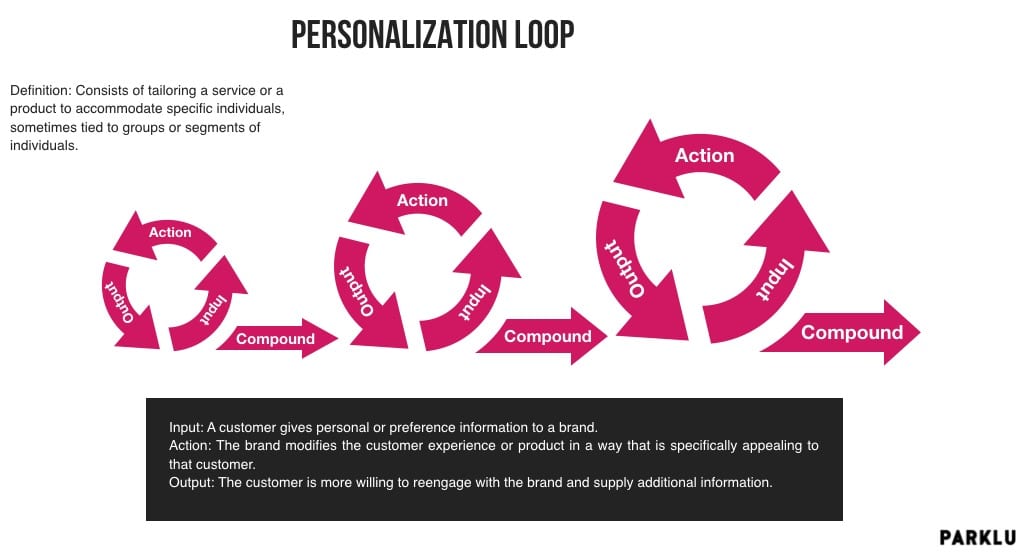
The goal of personalization is for the brand to address a unique customer need or want. When personalization succeeds, the customer or group of customers will indeed have an experience that feels intimate and personal. Customers who have a satisfying encounter with a brand are more likely to become repeat customers, and they are also more likely to recommend the brand to their friends and family.
People are increasingly looking for novel experiences and products, especially at the higher end. Standardized, one-size-fits-all products just don’t cut it in today’s ultra-competitive market, and even major brands can’t rely on name recognition as a guarantee of success.
Competitive Personalization
Competition is thriving—and breaking the dominance of established brands. In these markets, brands are motivated to innovate and deploy distinctive features, and value is the main driver of purchasing decisions. Increasingly, personalization is a facet of these competitive markets and obviously appeals directly to the individual consumer’s needs and desires.
Hot pot chain Hai Di Lao is famous in China for simple yet effective customer service features like offering manicures while customers wait for a table. Now, according to Pricewaterhouse Coopers’ Global Consumer Insights Survey 2019, the restaurant is using big data and segmentation to rethink and personalize the hot pot experience, creating customized flavors to fit individual palates.
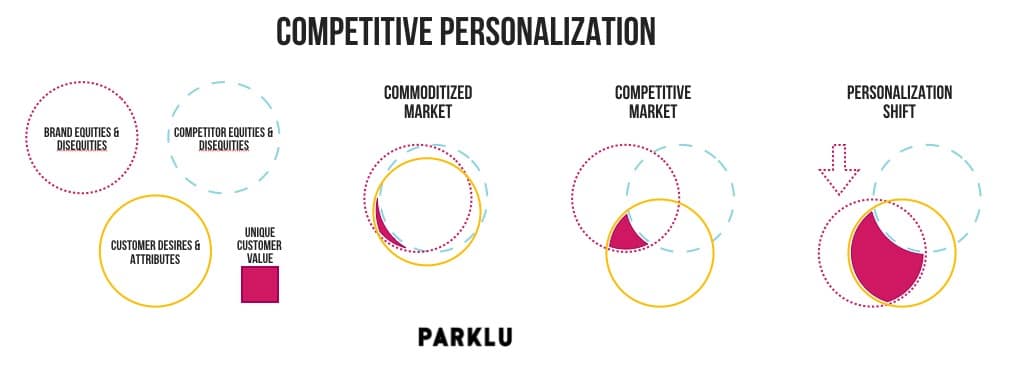
One notable manifestation of this is the rise of the consumer-to-manufacturer (C2M) model. Where the traditional factory paradigm is based on mass production from a fixed set of templates, the C2M model implements a more nimble and consumer-centric approach, where factory production is informed by consumer preferences and flexible made-to-order manufacturing.
Under C2M, e-commerce platforms, retailers and manufacturers collect consumer data, building up rich customer profiles. Brands can analyze patterns in consumer behavior, anticipating, and planning for demand. This is not just beneficial to consumers, it also reduces inventory and supply chain risks, which has knock-on benefits for brands and retailers. This shift is enabling new startups to offer creative niche products and chip away at the market share once taken for granted by bigger brands.
Creative use of WeChat is one of the keys to personalization. Brands are inviting individual consumers to join private chat groups and segmenting those consumers into sub-groups. As the brand collects more data, it can move beyond arbitrary segmentation based on, for example, demographic traits. Instead, brands can segment consumers based on more useful, data-driven insights such as purchasing habits or preferences, allowing the brand to craft specific messages tailored to highly targeted audiences.
Case Study: Levi’s
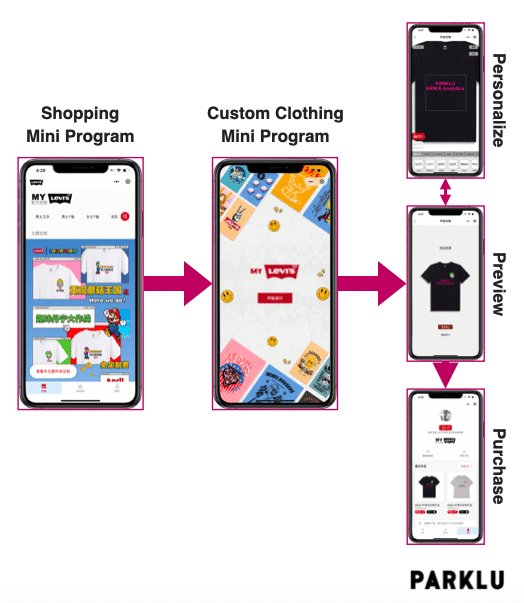
Denim icon Levi’s is just one of many brands developing manufacturing on-demand to allow customer-designed products.
Chinese customers can use Levi’s official WeChat Mini Program to create their own jackets, T-shirts, and hoodies with customized graphic patterns and inscriptions. The brand offers a seven-day delivery guarantee. The brand has unveiled similar initiatives for the U.S. market, launching an online ordering system in July 2019 that allows customers to choose the wash, tint, pattern, wear, and color of the patch on new jeans.
For years, clothing brands have been looking at shifting the supply chain in ways that allow production to happen closer to the end customer. Body scanning technology is a particular area of interest as customers desire tailored clothes. However, at this time, most customization done in China is monogramming or other relatively superficial approaches. No doubt, this is an area ripe for innovation and disruption.
Case Study: H&M
The fast-fashion brand developed an AI-powered virtual personal stylist that could predict an individual consumer’s style preferences and make recommendations accordingly via its social accounts. The personal stylist was informed by millions of data points culled from H&M’s multi-channel social presence, enabling it to offer credible and highly personalized advice to consumers. The results were an impressive 400 percent increase in WeChat followers, along with a five-fold increase in e-commerce traffic.
Customer Loyalty Innovation
In some industries and product categories, commoditization is a disincentive to innovation or personalization. In these markets, products are more or less indistinguishable and consumer choices are motivated principally by price considerations. This applies to many consumer and household goods, and arguably includes once-prestigious categories like the mobile phone market.
Personalization can shift a brand’s equity into greater alignment with customers’ desires. The primary way out of commoditization is through deeply exploring customer value to identify and understand needs that have not been well articulated. Brands can increase customer loyalty and create financial value most effectively by first focusing on the unique value they create for customers.
Retention is the best customer acquisition strategy.
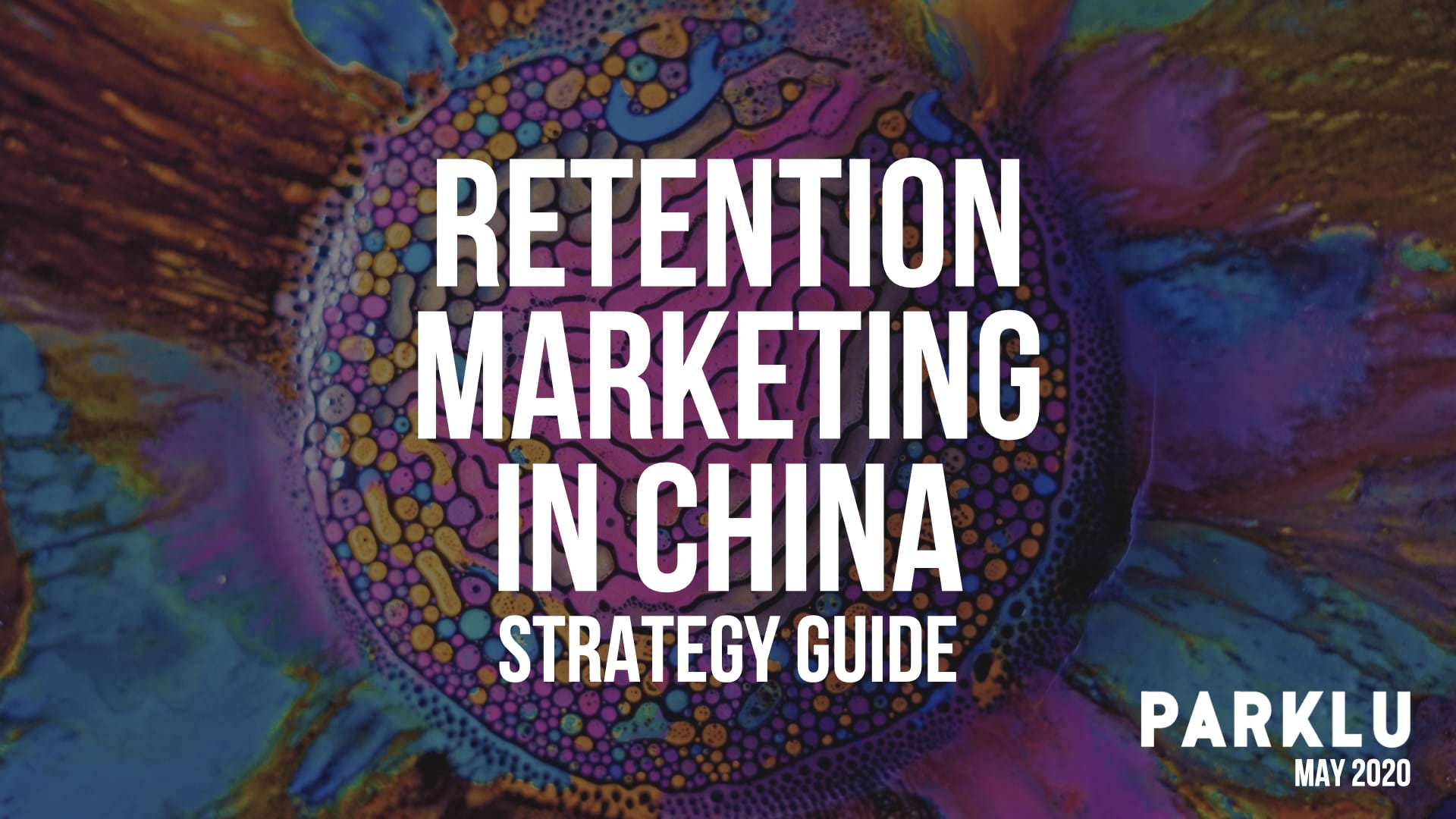

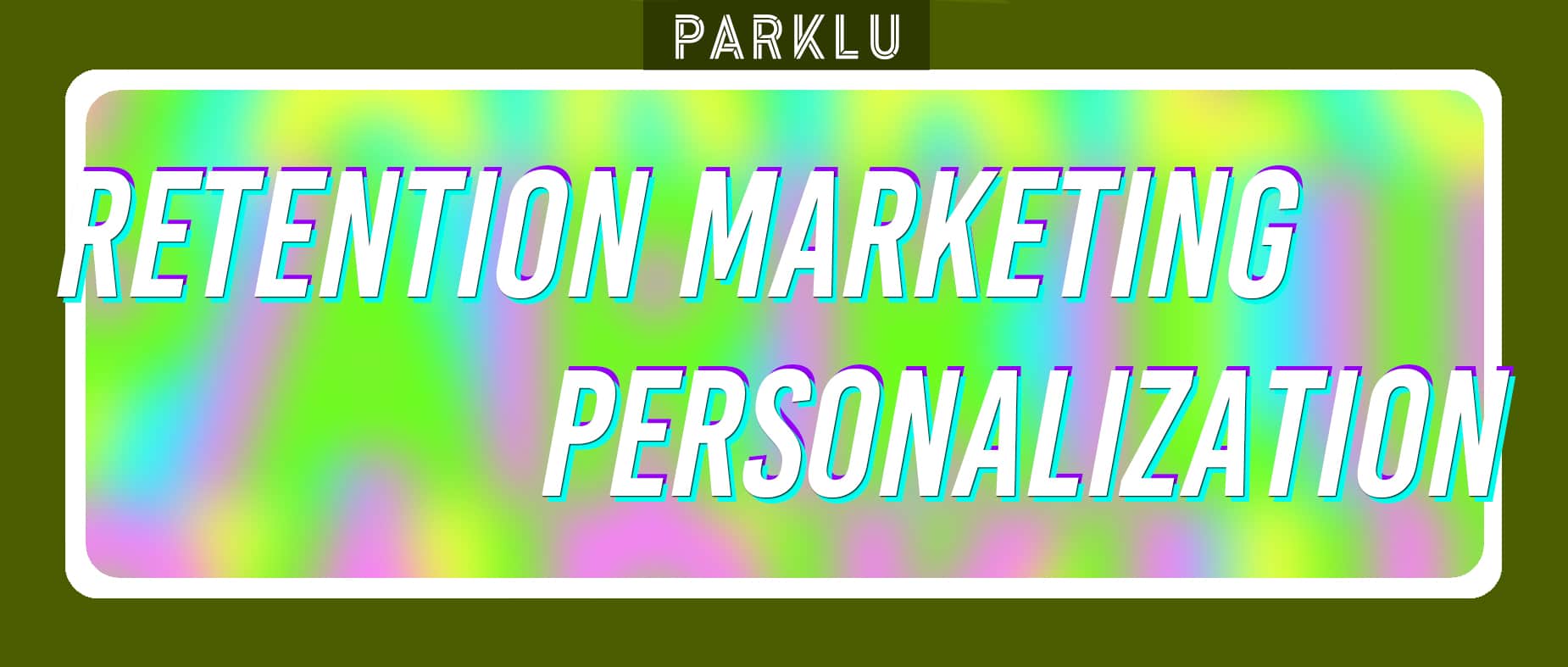
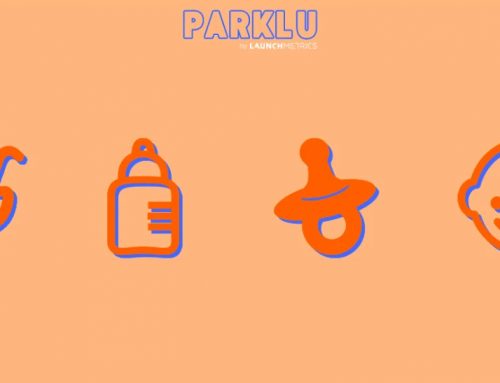

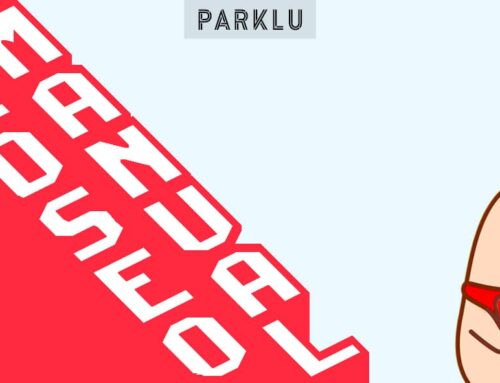
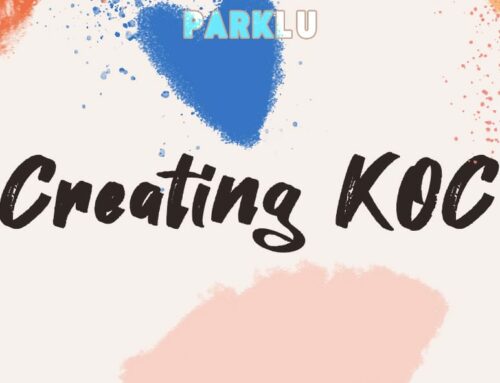

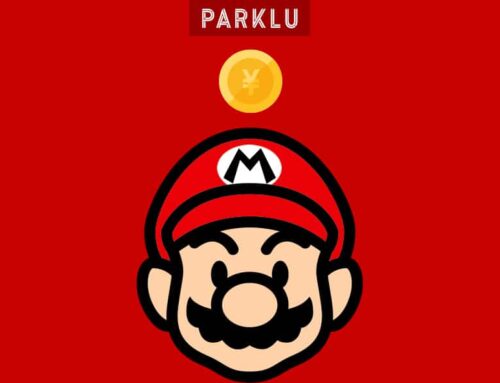

Leave A Comment